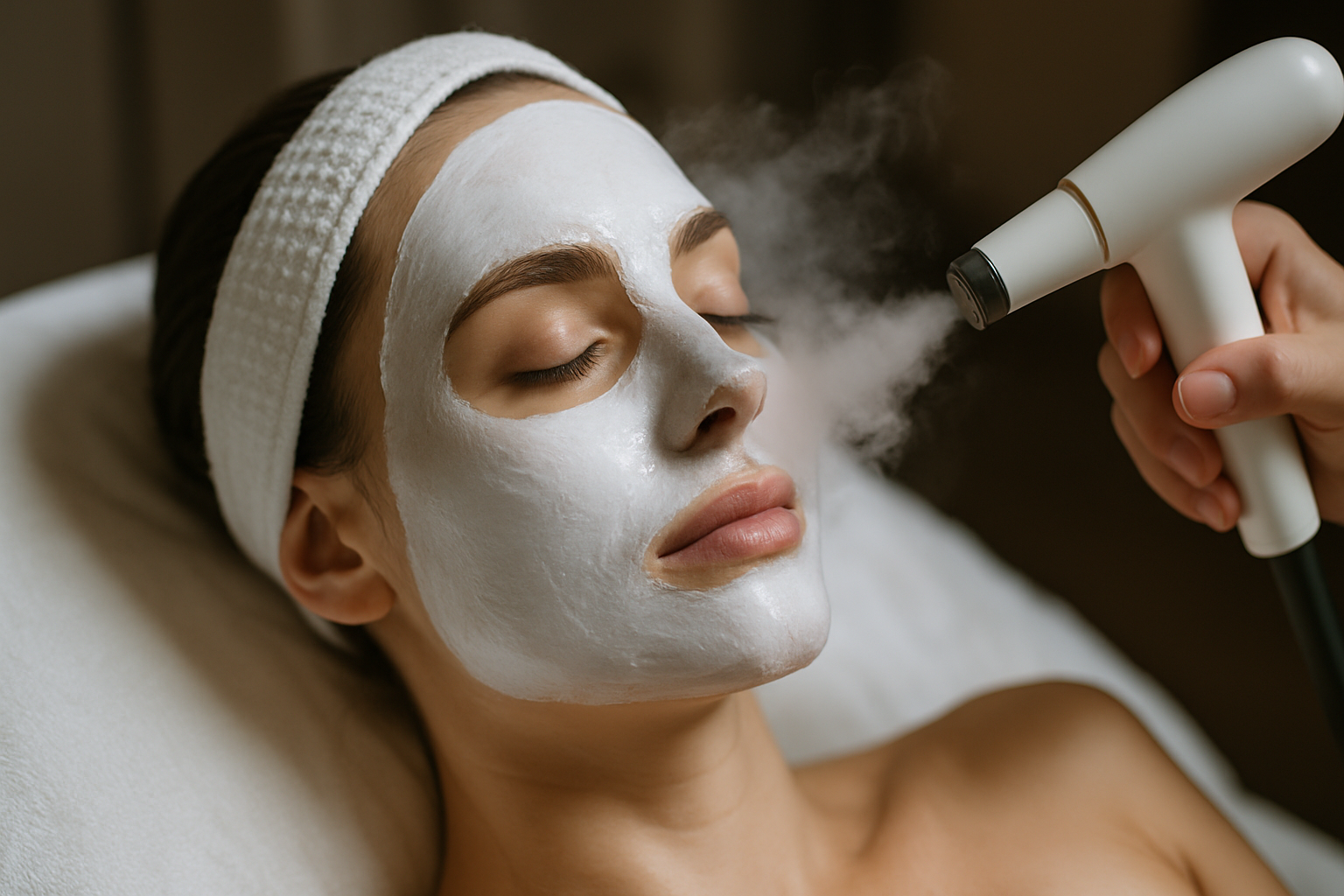Professional Beauty Services for Face and Skin Care
A well-delivered beauty service can improve the appearance and comfort of your skin while offering a moment of self-care. Whether you book a salon facial, follow a salon-grade skincare routine at home, or explore non-surgical face treatments, understanding what each service does and how it fits your needs helps you make informed choices and get consistent results.

This article is for informational purposes only and should not be considered medical advice. Please consult a qualified healthcare professional for personalized guidance and treatment.
Facial treatments and what to expect
Facial services cover a range of techniques—from basic cleansing and exfoliation to advanced procedures like chemical peels or microdermabrasion. A typical facial includes skin analysis, cleansing, exfoliation, extraction of clogged pores if needed, treatment serums or masks, and moisturization. Licensed estheticians tailor steps based on skin type and concerns such as dryness, sensitivity, acne, or aging. Expect therapists to review contraindications (medications, recent procedures) beforehand. If you have active skin conditions or take prescription medications, disclose them so the esthetician can adjust the facial plan for safety and effectiveness.
Skincare routines recommended by salons
Professional skincare advice often emphasizes consistency and layering products by texture—cleanser, exfoliant (optional), treatment serums, moisturizer, and SPF by day. Salons may offer medical-grade cleansers, antioxidant serums, and hydrating masks that complement at-home routines. Estheticians can recommend products for maintenance between appointments and advise on how frequently to receive specific treatments. For many skin concerns, a combination of salon treatments and a solid at-home regimen produces steady improvement. Always patch-test new products and introduce active ingredients slowly to monitor for irritation.
Beauty services that support skin health
Beyond aesthetics, many beauty services aim to support skin barrier function and reduce inflammation or infection risk. Professional extraction can improve clogged pores when done hygienically; hydration treatments restore moisture balance; and targeted masks can soothe or clarify the skin. Services that incorporate gentle exfoliation or enzyme-based treatments help remove dead cells and improve product absorption. That said, aggressive procedures should be spaced appropriately and performed by trained professionals to minimize complications. Discuss long-term skin health goals with your provider to align treatments with realistic, gradual improvements.
Face contouring and non-surgical options
Non-surgical face services available at many clinics and advanced salons include injectable neuromodulators, dermal fillers, radiofrequency tightening, and light-based therapies. These options can soften lines, restore volume, and improve skin laxity without surgery. Each technique has specific indications, expected time to results, and possible side effects; outcomes depend on practitioner skill and individual anatomy. If you consider non-surgical contouring, seek treatment from licensed, experienced providers and request before-and-after examples for cases similar to yours. Understand maintenance schedules and realistic expectations for longevity of results.
Tools and technology used in salons
Modern salons use a range of tools—mechanical and electronic—to enhance treatments. Common instruments include extraction tools, ultrasonic devices for deep cleansing, LED light therapy for acne or collagen stimulation, microdermabrasion machines, and gentle lasers for pigmentation or resurfacing. Single-use or sterilized implements reduce infection risk; electronic devices should be operated by trained staff who can adjust settings based on skin type. While these tools can boost effectiveness when used correctly, they are not universal solutions. Ask about training, hygiene protocols, and any downtime associated with a given device before booking.
Conclusion
Choosing beauty services for your face and skin involves balancing desired outcomes, safety, and maintenance. Start with a consultation to identify skin type and concerns, follow professional aftercare recommendations, and maintain a consistent at-home skincare routine to support salon results. Regular communication with licensed providers helps tailor treatments as your skin changes over time and ensures that services align with both cosmetic goals and overall skin health.






